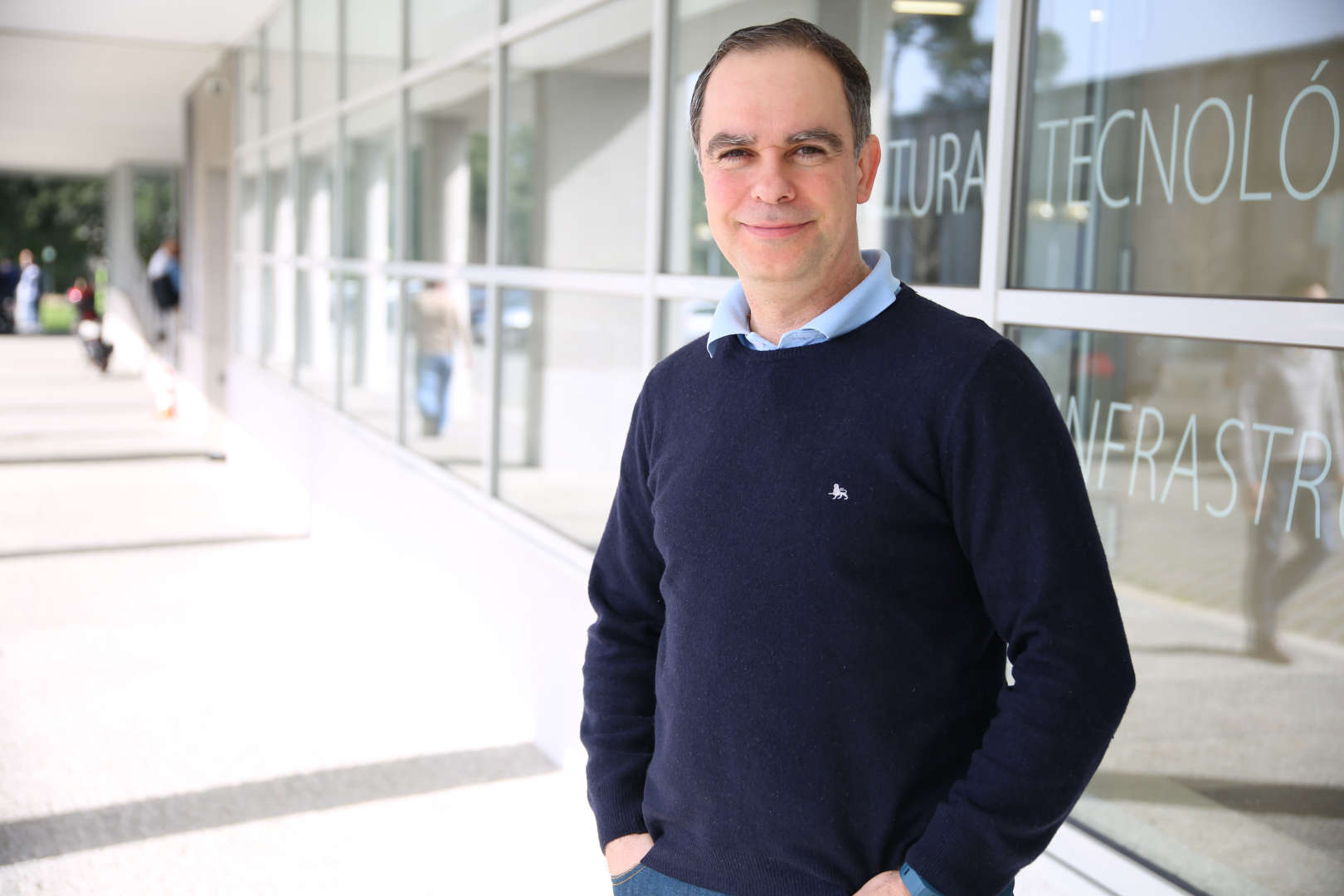About
Born at Porto, Portugal, April 6, 1973, received the M.Sc.in Electrical and Computer Engineering on Faculty of Engineering of University of Porto, Portugal in 1999. He obtained a Ph.D. in Electrical and Computer Engineering on Faculty of Engineering of University of Porto in the area of Control and Robotics, with the thesis “Planning Cooperative tasks and trajectories in Multiple Robots” in 2011. Presently he is a Professor at Computers and Electrical Engineering Department of the Oporto University. He is also a researcher in Robotic and Intelligent Systems of the INESC-TEC (Institute for Systems and Computer Engineering of Porto, Portugal). His research interests are in the ï¬�eld of robotics and automation: path planning, obstacle avoidance, simulation, navigation, manipulator, mobile manipulators.


